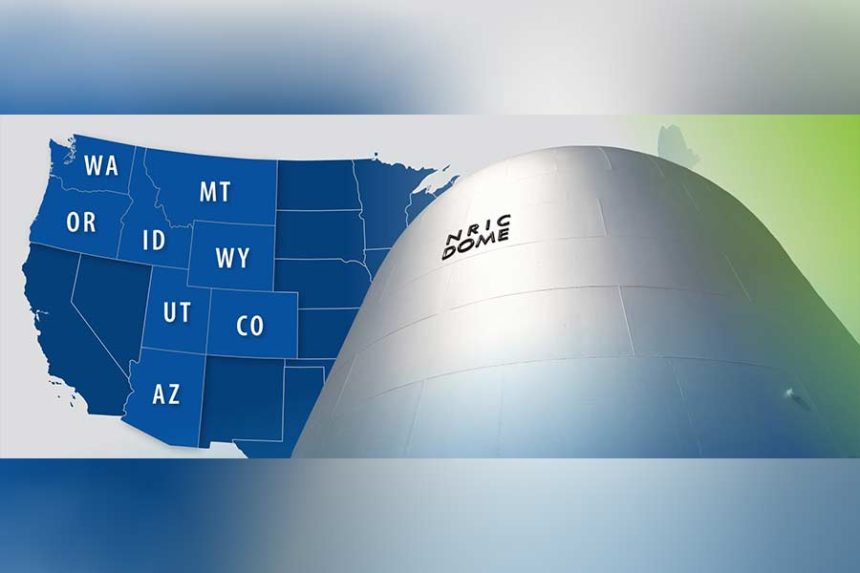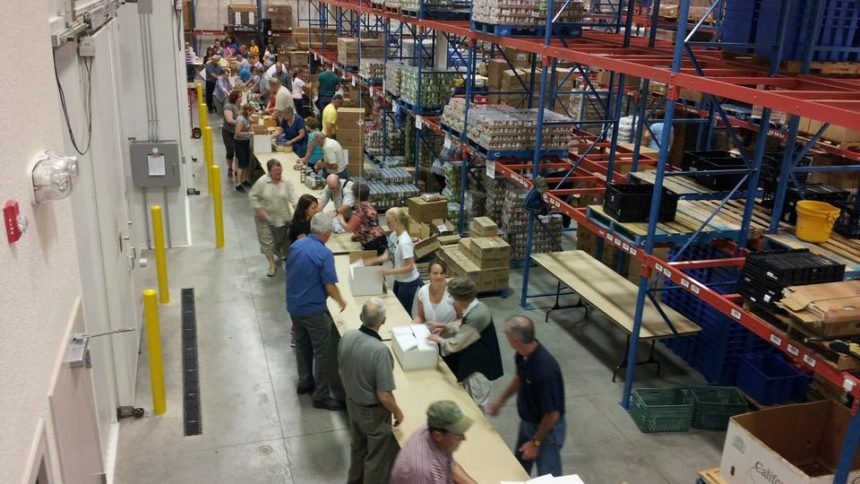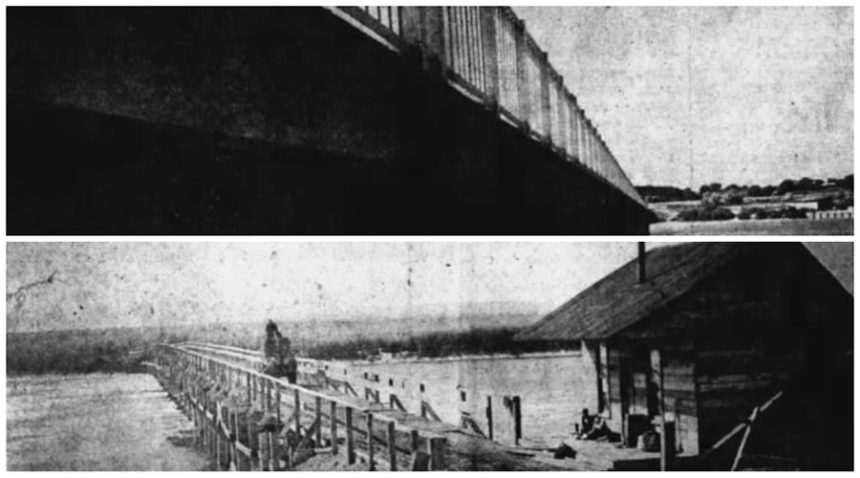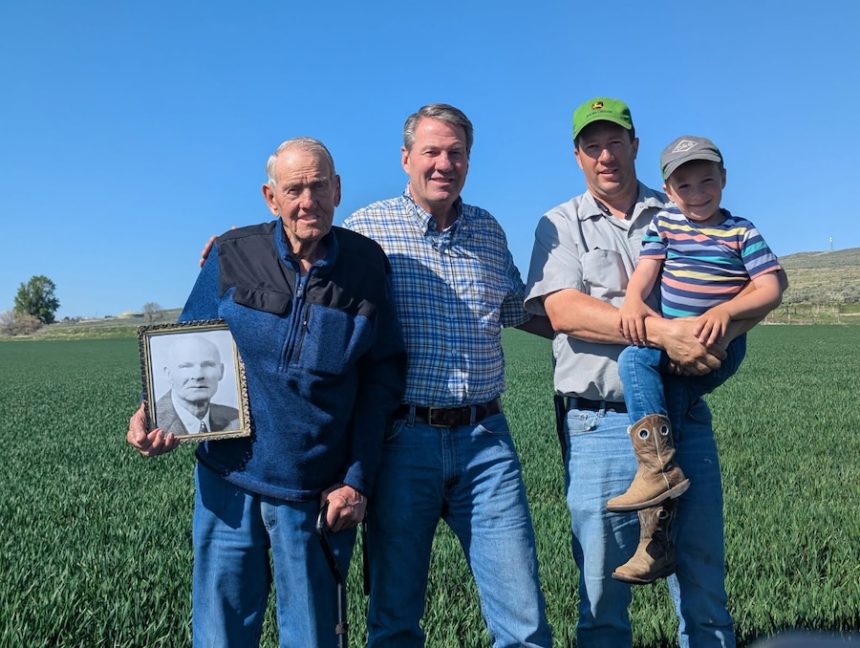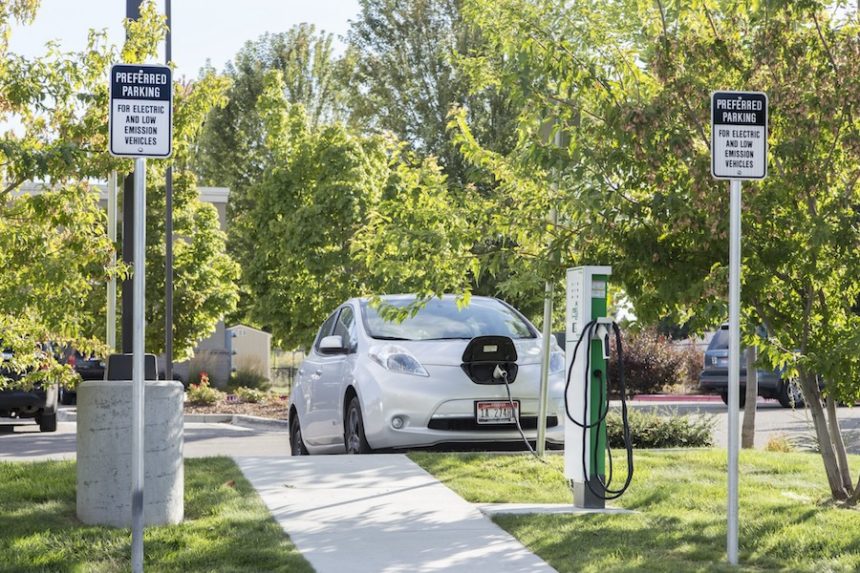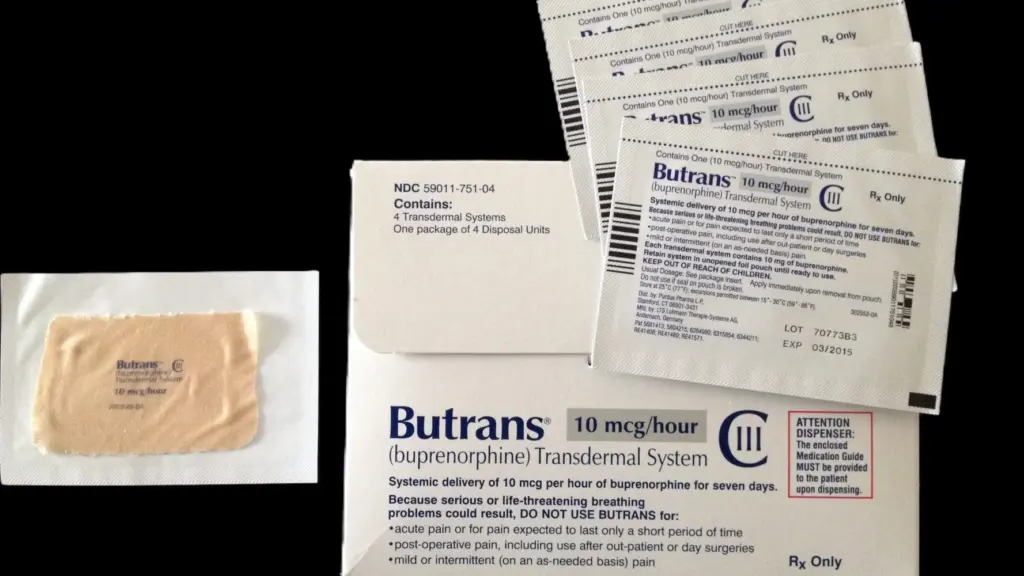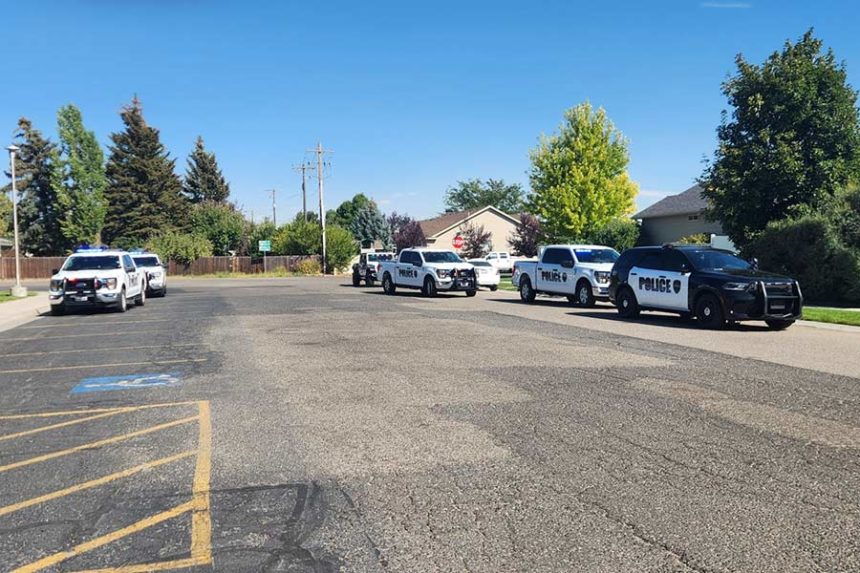ARCO The focal point of Western states’ cooperation to promote nuclear energy is the Idaho National Laboratory (INL). This endeavor is establishing the region as a leader in nuclear innovation and is supported by strategic investments, partnerships, and regulatory frameworks.
Because of its expanding energy needs and advantageous political and economic environments, which offer a stable climate for energy-sector investments, the Mountain West is especially well-suited for advanced nuclear energy.
Laura Nelson, INL’s regional engagement lead for Utah and a former energy advisor to previous Utah governors Jon Huntsman and Gary Herbert, stated, “I firmly believe that having INL, the country’s nuclear energy lab, in our backyard is a game changer.” A quicker transition from research to development may be made possible by these states’ proximity to possibilities.
Powering the nuclear renaissance in the West
The pressing need for dependable, plentiful, and affordable energy sources is what is driving efforts to provide advanced nuclear energy to Western nations. Compared to traditional nuclear plants, advanced nuclear reactors, such as microreactors and small modular reactors (SMRs), are smaller. More flexibility, modular construction, and possibly lower costs are provided by their size. They are made to run safely, deliver a lot of power, and occupy minimal room. This movement is being supported by proactive state policies, business partnerships, and government initiatives.
According to Glen Murrell, director of regional and industry interaction at INL, the Western states are setting the standard for the nation and perhaps the world in certain areas. They are pioneers in this field because of their cooperative and synergistic efforts.
Economic considerations are also important.
For the majority of the early 2000s, the total supply and consumption of electricity were comparatively flat, but Murrell claimed that this is changing as a result of rising demand brought on by greater electrification and new technologies like artificial intelligence.
The shift toward advanced nuclear energy solutions
The transition of the electrical supply, which involves substituting other energy sources like advanced nuclear energy for some coal plants that are retiring as a result of age and depreciation, is another motivator. The TerraPower Natrium project, which is being built on the site of a coal power plant in Kemmerer, Wyoming, is a prominent illustration of this transition.
A second example is the Salt River Project, which aims to retire its Coronado Generating Station in St. Johns, Arizona, by 2032. The Salt River Project serves more than 2 million people in central Arizona. The utility carried out a feasibility analysis that takes into account the site’s advanced nuclear technology choices. The Gateway for Accelerated Innovation in Nuclear (GAIN), a U.S. Department of Energy program headed by INL, is collaborating on that study to give communities access to national laboratory specialists.
Similarly, a feasibility assessment of several energy sources, including nuclear, was carried out by NorthWestern Energy, the company that owns and runs Montana’s Colstrip power plant.
According to GAIN director Christine King, GAIN’s role is to assist in answering issues by giving communities objective, factual information. Although nuclear energy might not always be the solution, we can use the knowledge of national labs around the country to be a reliable source.
L-R: Governors Mark Gordon of Wyoming, Spencer Cox of Utah, and Brad Little of Idaho sign a tri-state pact. | Thanks to INL
Upcoming experiments and pilot projects
INL’s 890-square-mile desert site in eastern Idaho is the site of several upcoming reactor experiments and demonstrations. While Aalo Atomics has declared plans to build and run its Aalo-X experimental reactor within the lab complex, Oklo Inc. is getting ready to construct the Aurora Fuel Fabrication Facility and its Aurora powerhouse reactor.
At INL, the US Department of Energy is constructing two additional test beds. In the United States, the Laboratory for Operations and Testing and the Demonstration and Operation of Microreactor Experiments (DOME) will help close the gap to commercialization by giving reactor developers a chance to test experimental reactor designs and collect vital data. To get ready for testing in DOME, a number of businesses, including as Westinghouse and Radiant, are undergoing the Front End Engineering and Experiment Design (FEEED) and Detailed Engineering and Experiment Planning (DEEP) procedures.
By offering a platform for testing end-user technology and validating microreactor technologies in an actual setting, the Microreactor Applications Research, Validation and Evaluation (MARVEL) reactor will be an invaluable tool for microreactor developers. In addition, the INL site is anticipated to host the Department of Defense’s Project Pele, a transportable microreactor, for testing in the coming years.
Speaking on a panel at Gov. Spencer Cox’s Built Here: Nuclear Energy Summit is INL Director John Wagner. | Courtesy INL
History of nuclear energy in the West
The development of nuclear energy has long been dominated by the West.
Six of the thirteen commercial reactors constructed since 1946 are presently in operation in California, Arizona, and Washington. Three Department of Defense microreactors were also built, including two at what is now INL and one at Sundance Air Force Station in Wyoming, as well as two sophisticated commercial reactors (Fort Saint Vrain and the Sodium Reactor Experiment). In western states, there have been over 90 experimental, research, and test reactors, 11 of which are still in use. On the current INL site, 52 nuclear reactors have been constructed and are in operation since 1949.
More recently, the emphasis has been on working together to revitalize the West.
Utah and INL signed a memorandum of understanding (MOU) on April 28 to work together on nuclear deployment and research. INL Director John Wagner stated, “We are thrilled to collaborate with Utah to address pressing energy needs by concentrating on advanced nuclear and energy innovation.” In order to assist Utah achieve a competitive, secure, resilient, and abundant energy future, this partnership creates a collaborative framework for workforce, scientific, and technical growth.
Governors Brad Little of Idaho and Mark Gordon of Wyoming joined Cox the next day to create an energy corridor, possibly utilizing cutting-edge nuclear technology to guarantee a dependable, reasonably priced, and robust energy supply.
According to John Revier, head of External Engagement and Communications at INL, it is definitely historic to have all three governors in the same room talking about nuclear energy at the same time.
For several reasons, INL and Wyoming signed an MOU in 2022. Murrell, who was the executive director of the Wyoming Energy Authority before to joining INL, stated that the MOUs take into account the unique requirements of each state. It focuses on addressing resource shortages in Wyoming by offering knowledge and instruction, such INL’s nuclear energy 101 course at the University of Wyoming.
Following Gordon’s signing of a 2020 measure for the state to host SMRs, Wyoming signed an MOU with INL, opening the door for TerraPower’s Natrium project and partnerships with INL.
According to Murrell, Governor Gordon acknowledges the importance and prospects that INL offers to this state. With its knowledge of nuclear energy, INL has served as a pivot for the regional strategy on this prospect.
MOU and agreement timeline for Idaho, Wyoming, and Utah. | courtesy of INL
Notable legislative actions in the West
Nuclear energy has gained popularity in Western states, as evidenced by the passage of 14 nuclear-related measures in Arizona, Colorado, Montana, Washington, and Utah alone this year. Each state’s desire to lead the country in nuclear matters is reflected in this legislative momentum.
“We have limited nuclear energy, which makes the West unique,” said Michelle Zietlow-Miller, GAIN’s public engagement manager.
Arizona enacted nuclear energy-related legislation, with a particular emphasis on SMRs, and announced support for the Palo Verde Generating Station.
While Montana has passed nuclear-related laws, such as lifting prohibitions on the development of nuclear power facilities and proposing bills to expedite nuclear fuel storage and uranium facilities, Colorado has now included nuclear energy in its financing of clean energy projects.
Washington has enacted a number of nuclear-related bills that address the state’s energy policy as well as cutting-edge nuclear reactor technology.
Utah created the Utah Energy Council and a nuclear consortium by statute, which made it possible to create electrical energy development zones as a means of encouraging energy projects. Cox s Operation Gigawatt aims to double the state s energy production within a decade, with significant investment in nuclear energy development.
Oregon has introduced various bills that seek to fully repeal the existing moratorium, partially exempt the moratorium for SMRs rated at a capacity of 300 megawatts or less and specifically exempt an SMR Microgrid Project in Umatilla Count
Industry partnerships drive nuclear innovation
In Wyoming, BWXT and Tata Chemicals are collaborating to deploy microreactors at a trona mining facility in Green River. Radiant Nuclear is planning to build a microreactor manufacturing facility in Bar Nunn, Wyoming.
Washington and Utah are also seeing investments in SMRs.
In Washington state, Energy Northwest, a public power agency at the forefront of next-generation nuclear technologies, and Amazon have announced an agreement to fund the development and deployment of SMR technology to power the growing energy demands from data centers.
In Utah, EnergySolutions, a company specializing in nuclear material disposal, is exploring siting an SMR near Delta. Holtec International has also signed a strategic cooperation agreement with Utah and Hi Tech Solutions to deploy SMR-300s in the region.
INL is well positioned as a regional partner for the deployment of nuclear energy in the Mountain West, said Jess Gehin, associate laboratory director for Nuclear Science and Technology at INL. In addition to the numerous partnerships with companies building and testing reactors at INL, the recent announcements from companies like Holtec and EnergySolutions planning for reactors in Utah is significant. This demonstrates the growing investment and confidence in nuclear energy as a viable and important energy source for the future.
INL Associate Laboratory Director for Nuclear Science & Technology Jess Gehin speaking on a panel at the Built Here: Nuclear Energy Summit. | Courtesy INL
INL s impact on advanced nuclear deployment cannot be understated, said Nelson.
We are on track to accelerate great results for changing the world s energy future in an unprecedented way, she said. It s important to seize this opportunity immediately due to national security and global implications. If we miss the mark, there will be significant impacts on our local, regional and national economies.
